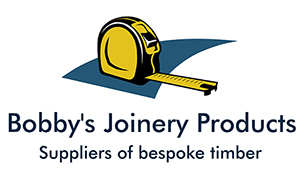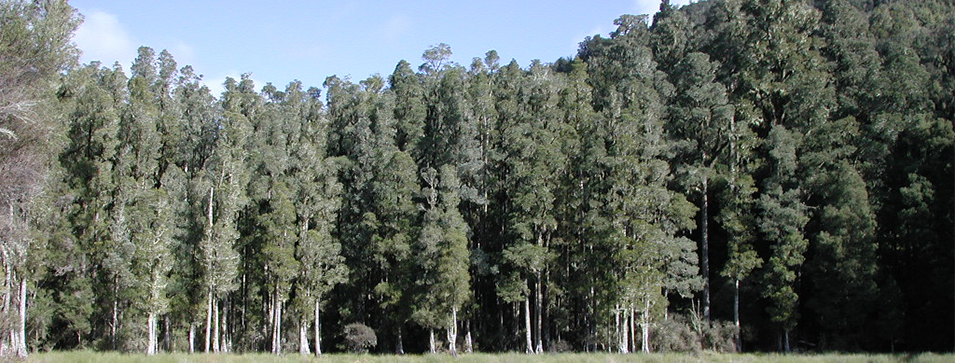We can source and machine timber of any type to your exact specification.
Here we outline some of the more common types of timber and their applications.
If you have a query on which may be the best timber for a particular situation, please just contact us.
Natural woods
Softwoods.
Softwoods come from conifers which are evergreen year round and are fast growing. Softwoods tend to be less dense than hardwoods and will accept nails easily without splitting. It is an ideal construction wood and is generally less expensive than hardwood. The wood is normally yellowish or red in colour.
Commonly used softwoods include:
- Douglas fir - joinery, doors and heavy construction.
- Eastern white pine - furniture.
- European spruce - used throughout construction, panelling and cladding.
- Larch - used for cladding and boats.
- Lodgepole pine - roofing, flooring and in making chipboard and particle board.
- Parana pine - stair treads and joinery.
- Scots pine - construction industry, mostly for interior work.
- Sitka spruce
- Southern yellow pine - joinery, flooring and decking.
- Western hemlock - doors, joinery and furniture.
- Western red cedar (or red cedar) - furniture, decking, cladding, and roof shingles.
- Yew - interior and exterior furniture e.g. chairs, gate posts and wood turning.
Hardwoods
Hardwoods come from deciduous trees which shed their leaves and grow slowly. Hardwoods are dense and are liable to split if nails are used, so in general the wood must be joined by drilling, screwing or bolting or by using carpentry joining techniques. The higher density of hardwoods contributes to its durability, appearance, and performance. Hardwoods are generally more expensive than softwoods.
Commonly used hardwoods include:
- Oak - cabinets, furniture, flooring, trim and doors.
- Maple - furniture, flooring, trim, countertops and butcher blocks.
- Walnut - furniture.
- Cherry - fine furniture and trim.
- Birch - most commonly seen as plywood.
- Poplar - a utility hardwood used in upholstered furniture frames and veneer.
Engineered Woods
Engineered woods are manufactured by binding the strands, particles, fibres, or veneers or boards of wood, together with adhesives to form composite materials. Sawmill scraps and other wood waste are used for engineered wood composed of wood particles or fibers, but whole logs are usually used for veneers.
Commonly used engineered woods include:
- Plywood - thin layers of wood veneer glued together, with adjacent layers having their grain oriented at 90 degrees to each other. Plywood is commonly used in floors, walls and roofs in home constructions as well as fencing.
- MDF (Medium Density Fibreboard) - wood fibres combined with wax and resin and formed into panels under high temperature and pressure. MDF is seen furniture and shop fitting. It is consistent in size and strength, shapes well but is unsuitable for outdoor applications due to its poor moisture resistance.
- OSB (Oriented Strand Board) - wood structural panel manufactured from rectangular-shaped strands of wood that are oriented lengthwise and then arranged in layers, laid up into mats, and bonded together with moisture-resistant, heat-cured adhesives. OSB is particularly suitable for load-bearing applications in construction, but has poor moisture resistance. OSB is generally cheaper than plywood.



